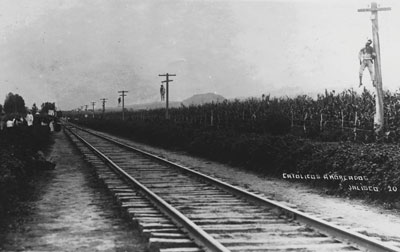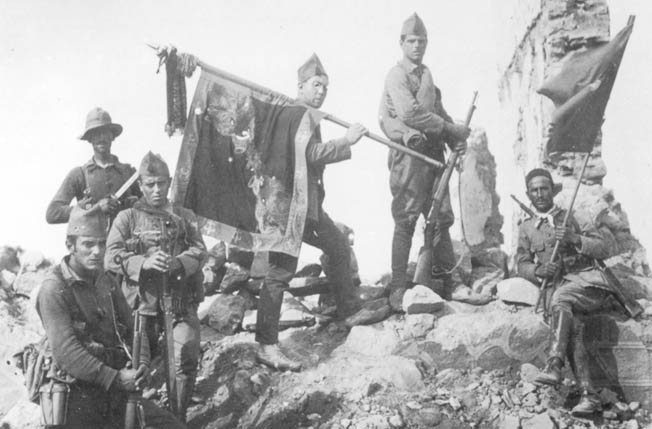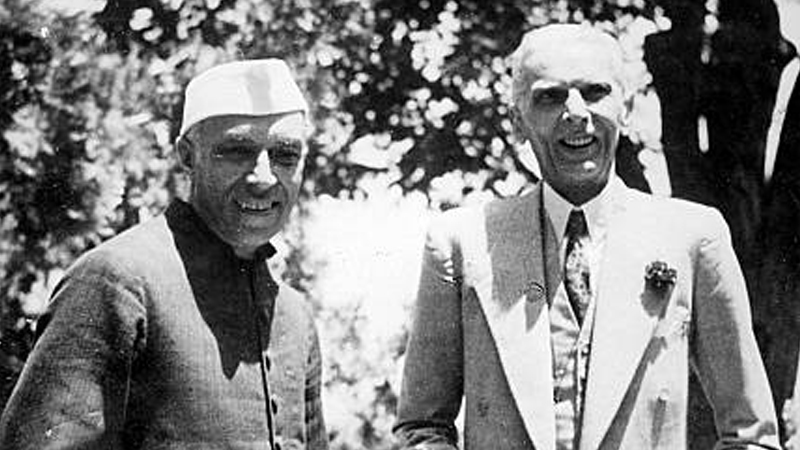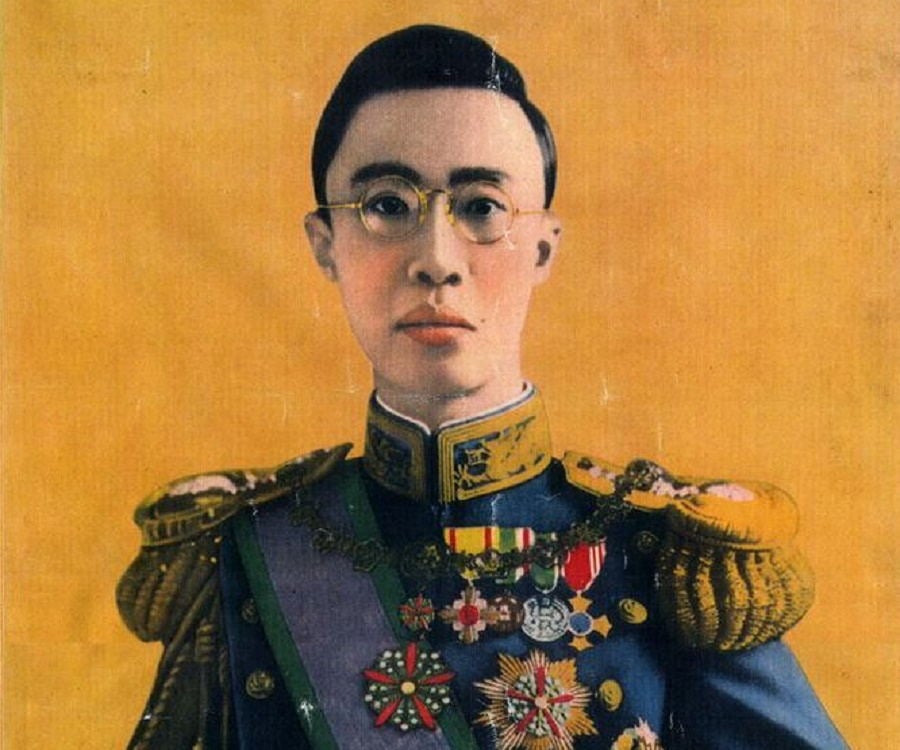Before the Storm: The Americas
In 1939, there were only two of the best places for any businessman to make his trade in the Stock market: Frankfurt and New York City. Indeed, with the chaos unfolding across the Old World, the New World was seen as an attractive and safe place for people fleeing for a better life. People from all walks of life from deposed royals, wealthy elitists to even regular people hopped on to boats for a new life.
Canada
As Mackenzie King leads his country into a new decade, many were becoming convinced that the leading country of the Commonwealth would not be the old mother country if it were ever liberated, but the young country of Canada. As the biggest recipient of all the British exiles, their knowledge and skills were useful for growing Canadian industries growing out of its agriculture-based economy.
On the other hand, King and the Liberals had to stave off attempts by the exiles to take control of the government. He had to remind them numerous times that while they were welcome to stay in Canada, they should abide by the laws of the Canadian government, duly elected by the Canadian people. Soon enough, the exiles relented. This didn’t stop them from putting their support behind the Conservative Party.
While the Canadian government went about its day governing the country, the British government in exile had been busy coordinating with the other various Commonwealth countries in the preparation for a future war they were sure was going to come.
Based in the old traditional clubs of the elite such as the Empire Club in Toronto, the Orange Order, and the Chateau Clique in Montreal, the men of pre-revolution Britain work from behind the scenes to coordinate with the King in preparation for the day they would return home to the British Isles. Though most would support the Conservatives, a few would place their money on King as their only hope is one day getting home.
The fall of the empire had a considerable effect on the White Dominions. The Mother Country was lost and so were all the colonies. The end of the Raj led to a huge surge of racism against non-whites as the white population saw them as the source for the death of their boys in India. It got to the point where some in the Canadian Parliament advocated instituting a ‘White Canada’ policy that would severely restrict Asian immigration, taking a page from Australia and their policies.
In 1940, Neville Chamberlain resigned from his post as PM due to his worsening health. After a few weeks of debate, the cabinet presented a list of suitable candidates to the King. Out of all the candidates, one stood out to Edward. There were some things about the man that interested him: he smoked cigars, had served in the government during the Great War, had seen combat himself as a cavalryman, and was the kind of man that would tell the truth straight rather than beat around the bush. In looking at the man’s name, the King knew he found his new PM.
“Get me Churchill”.
United States of America
Hoover’s 2nd term was rather uneventful, to say the least. He ended the Banana Wars by instituting the Good Neighbor Policy, which brought an end to American interventions in Latin America. Overall, he continued building his Fair Deal coalition and enacting more of his reforms. In 1940, Hoover campaigns for Quentin Roosevelt as the Democrats campaign for John Nance Garner. A close race is expected between both candidates in November.
Mexico
After the Communist takeover of Mexico in 1930, Plutarco Calles became the new President and set about transforming the country into a socialist state. Being a fervent anti-clerical socialist, he promulgated a series of laws called the ‘Calles Laws’ or ‘Ley de Tolerancia del Cultus’. It severely restricted Catholic worshipping in Mexico as well as limiting the Church’s influence. It reduced the number of priests to 1 for every 6000 people, added the need for a state license to serve as a priest, and the need to register into a local office where the preaching will take place.
When the Vatican voiced its criticism about the anti-clerical policies in 1936, this only inflamed Calles even more. Out of spite, he revoked the civil liberties of the clergy, including the right of trial by jury, expelled foreign priests, seized church property, and closed monasteries, convents, and religious schools. This soon became too much for the devout Catholics, who soon rebelled in what is now known as the Cristero War. For a while, the Cristeros were hammering the Mexican army but over time became increasingly crushed under the might of the socialist state. Fearing the repression, several of the Cristeros trekked to the US border by foot or sailed to Baja California by boat in an attempt at fleeing the persecution.
The bodies of Cristeros hanging from telephone wires
Calles also began transitioning Mexico’s economy by instituting the Nueva Política Económica or New Economic Policy. This involved abolishing private property, instituting land reform, and setting up agrarian communes, known as Ejidos. Also, Calles nationalized the mines and factories and created a centrally planned economy. In 1939, El Jefe Maximo enforced Article 27 of the Mexican Constitution which nationalized all foreign-owned businesses.
Not satisfied with changing Mexico’s society and economy, Calles also solidified his political power as President. He appointed himself as head of the National Revolutionary Party (PRN) and slowly gained control of the Mexican Congress. To make sure no threats would arise in the future, Calles created his own Security service, the Federal Security Directorate or DFS. Any military officers whose loyalties were considered suspect were either demoted or retired.
By 1940, Plutarco Calles had complete control of Mexico. He would become known as El Jefe Maximo and his presidency would be called the Maximato. To others, it would be called La Dictadura Perfecta
Nicaragua
In 1928, a revolution broke out across the small country which spiraled into a guerrilla war. A few years later, the rebels were now at the streets of Managua, celebrating their overthrow of the government. The man that made this possible was Augusto Cesar Sandino. With the country now under the control, Sandino implemented many socialist policies that were inspired by those in Mexico.
While the US could have stopped the revolution if they wanted to, the Great Depression crippled their means of enforcing their interests. Later on, Hoover’s Good Neighbor policy effectively ended any hopes of overthrowing the revolutionary government. In 1939, Nicaragua received expertise from their fellow allies in Mexico and Chile as the 3 nations together formed the main Marxist countries in Latin America.
Nicaragua’s position as a socialist state threatened the military regimes that dominated the other Central American states as the country could now be a haven for opposition groups.
West Indies Federation
A collection of small Caribbean islands that happened to be ruled by Britain before 1925, the federation acts as a team when it came to helping each other out in trying times. In the early years, it was rocked by various unrests across the islands that had to be snuffed out by Canadian intervention. Despite all that, it somehow survived and things were starting to look good for West Indies. The French colonies in the region are guarded by what is left of the Royal Navy after its evacuation.
Brazil
Ever since 1930, Brazil has been under the rule of Getulio Vargas. Taking inspiration from the emerging ideology of Fascism from Europe, he embarks on remodeling the country into an image similar to Italy, with himself calling himself the Brazilian Duce. While transforming the State, Vargas also hopes to turn Brazil into an industrial powerhouse, rivaling even the Argentinians and Americans. To maintain his support, he capitalized on fears of a communist takeover like in Mexico to maintain his hold on power.






